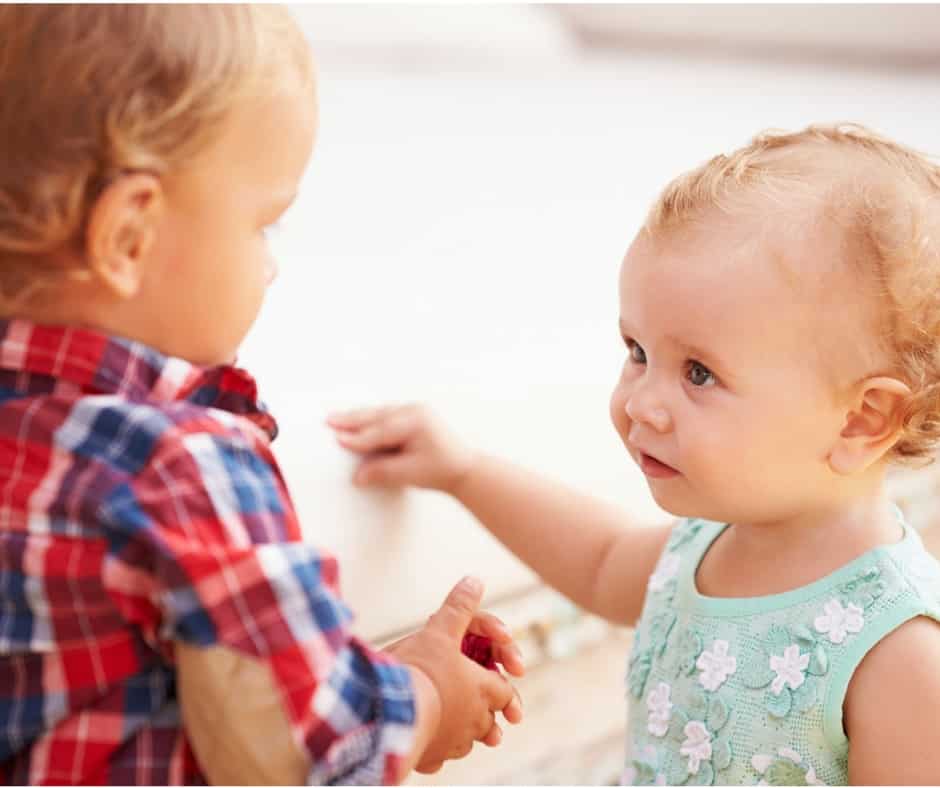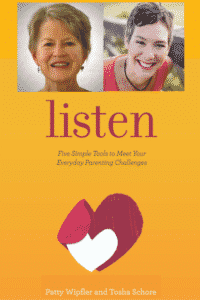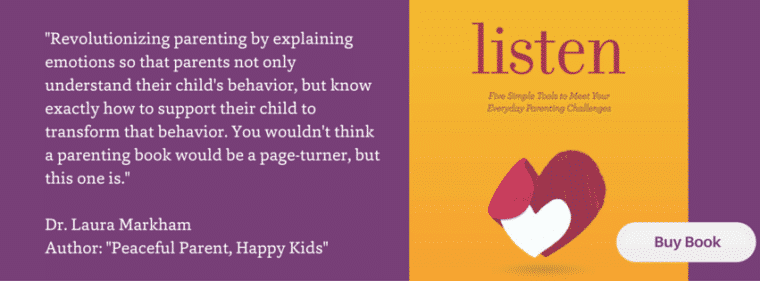 “This afternoon I could tell that my four-year-old was going off track. His behavior was erratic, and he couldn’t seem to settle. I didn’t exactly see what happened, but I heard my seventeen-month-old daughter crying. I walked over and my son said, “She just fell,” which he has been saying sometimes when he hurts her. She had his toy in her hand and was upset, but he had caused no visible damage.
“This afternoon I could tell that my four-year-old was going off track. His behavior was erratic, and he couldn’t seem to settle. I didn’t exactly see what happened, but I heard my seventeen-month-old daughter crying. I walked over and my son said, “She just fell,” which he has been saying sometimes when he hurts her. She had his toy in her hand and was upset, but he had caused no visible damage.
As I got close to him, I scooped him up I said, “It’s really annoying when she takes your toys, but it’s not OK to hurt her,” and he started to cry really hard. I held him on my lap and tried to keep some eye contact with him. After a few minutes of crying he said, “She always breaks my toys and that makes me mad!” I told him, “Yeah, she really does break a lot of your toys! That is really annoying.”
It’s true: she does break his toys, and I had never heard him make such a blanket statement about how hard it is to have a younger sister around.
He cried hard for a while, intermittently putting his head on my chest. I validated how hard it is that she takes his toys. Eventually, when I said that, he didn't start to cry again, and I imagined that he might be almost done.
Soon he poked at my nose. I laughed, and so did he, and he seemed to be done crying. Amazingly, a few minutes later my daughter was crying about some toy that she couldn't figure out how to work. My son walked over to her and super gently said, “I know how to fix that. Can I help you?” And he gently helped her with the toy. No grabbing, no pulling!”
Why it Worked:
 When our children fight, it pays not step in and insist on hearing ‘what really happened', but move straight into repairing our children’s connection with one another.
When our children fight, it pays not step in and insist on hearing ‘what really happened', but move straight into repairing our children’s connection with one another.
Once reconnected, they will figure out how to make amends.
We tend to always run, worried, to the child who got hurt. But if there is no serious injury, it’s good for their relationship if we can vary the one we tend to first.
Remember, both the aggressor and the victim are hurting.
This mom set a limit verbally, letting her son know that while it was fine for him to feel upset, it was not OK to hurt his sister. This limit allowed him to cry hard. When the crying slowed, Mom brought his attention back to the upset so he could cry more.
When he felt better, her son signaled her by reaching out gently with humor. Then, he happily helped his sister figure out how to work a toy. They were once again on the same team.
Read more stories of Setting Limits and Staylistening in action
Join us for a free call and learn how to bring harmony to sibling relationships using Hand in Hand's listening tools. Register here
This anecdote is one of the many hundreds found in the book Listen: Five Simple Tools to Meet Your Everyday Parenting Challenges. Get your copy today.
